Quick Guide to Disability Benefits for Children
This Quick Guide describes the different disability benefits that minor children may have access to when they, or a parent, is diagnosed with a chronic or serious medical condition. For more information about the different types of disability insurance available to adults, read our Quick Guide to Disability Insurance.
Disability Benefits for Children
Supplemental Security Income (SSI) for Children with Disabilities
SSI is a federal program run by the Social Security Administration. It provides monthly cash payments to help meet the basic needs of children with a disability.
To qualify for SSI benefits from the SSA, a child must:
- Be under 18 years old (or under age 22 if a student regularly attending school);
- Be unmarried, nor head of a household; and
- Have a disability within the SSA’s definition of disability for children, meaning that the child:
- has a physical or mental condition(s) that very seriously limits their activities; and
- the condition(s) has, or is expected to, last for one year or to result in death.
A child can receive SSI benefits until they turn 18 years old. Once they turn 18, the SSA will review a child’s condition and will use the adult disability rules to decide whether they are still eligible for SSI benefits.
The SSA considers the income and resources of family members living in a child’s household, including stepparents and adoptive parents, when deciding if a child is eligible for SSI benefits. Also, if the child is working, they cannot earn more than $1,550 per month (in 2024). For details about eligibility for SSI for children, visit here.
Disability Benefits for Children of Parents with a Serious Medical Diagnosis
Family Benefits
If you are an adult receiving Social Security Disability Insurance (SSDI) benefits, your family members may be able to receive benefits based on your work history, including your:
- Spouse
- age 62+, unless your spouse collects a higher Social Security benefit based on their earnings, or
- at any age if they are caring for your child under age 16, or who was disabled before age 22 and is entitled to benefits
- Divorced spouse
- who was married to you for at least 10 years and is now unmarried
- is at least 62 years old
- is not eligible for an equal or higher benefit on their own Social Security record, or on someone else's Social Security record
- Children (including biological children, adopted children, or stepchildren)
- Adult children with a disability (if disability began before age 22)
Based on a formula, each family member could receive a monthly benefit up to 50% of your disability benefit amount. But that amount is capped for the family. Typically, the total amount you and your family can get is around 150 to 180% of your disability benefit. Note: a divorced spouse’s benefits are not included in your family maximum.
For your child to receive benefits, the child must be unmarried. Usually, children will stop getting family benefits when they turn 18, unless they have a disability. But if your child is still in school full time at a secondary or elementary school at the age of 18, benefits will continue until they finish school or for up to 2 months after turning 19 years old, whichever comes first. Visit here for more information on family benefits.
SSDI Benefits for Adult Children with a Disability
An adult who has a disability that began before age 22, also known as a Disabled Adult Child (DAC), may be eligible to receive SSDI benefits. The SSA considers this to be a “child’s” benefit because it is paid based on a parent’s Social Security retirement earnings record. Because of this, it is not necessary for the DAC to have ever worked.
To qualify for this benefit, you must:
- Be age 18 or older;
- Be unmarried;
- Have a qualified disability that started before age 22;
- Have a disability within the SSA’s definition of disability for adults; and
- Have one parent who receives Social Security disability or retirement benefits or one parent who has died and worked enough to be eligible for Social Security retirement benefits.
To meet the SSA’s definition of disability for adults, you must have a medical condition(s) that has, or is expected to, last for at least one year or to result in death. Also, if the child is working, they cannot earn more than $1,550 per month (in 2024). Usually, this type of SSDI benefit ends if you get married, with limited exceptions like marrying another DAC recipient. For more information on SSDI benefits for a DAC, visit here.
Health Insurance Programs
Medicaid
Medicaid provides health insurance coverage for low-income individuals. In most states, children receiving SSI benefits are eligible for Medicaid. Even if your child does not automatically qualify for SSI benefits, they still may be eligible for Medicaid under other state rules. For more information about Medicaid, visit TriageHealth.org/Medicaid.
Children’s Health Insurance Program (CHIP)
CHIP offers Medicaid health insurance coverage for children in families with income too high for Medicaid. To be eligible for CHIP, a child must be under 19, uninsured (not eligible for Medicaid or covered by another health plan), meet immigration requirements, and meet a state’s income rules. For more information, visit here.
For more information about health insurance options, visit TriageHealth.org/Health-Insurance.
Other Health Care Services
If your child is under age 16 and is eligible for SSI, the SSA will refer the child to state children’s agencies for social, developmental, educational, and medical services. These state agencies may be able to help your child, even if your child is not eligible for SSI.
Learn More
For more information, visit our Disability Insurance Resources or Cancer Finances Module on Disability Insurance.
Sharing Our Quick Guides
We're glad you found this resource helpful! Please feel free to share this resource with your communities or to post a link on your organization's website. If you are a health care professional, we provide free, bulk copies of many of our resources. To make a request, visit TriageHealth.org/MaterialRequest.
However, this content may not be reproduced, in whole or in part, without the express permission of Triage Cancer. Please email us at TriageHealth@TriageCancer.org to request permission.
Last reviewed for updates: 01/2022
Disclaimer: This handout is intended to provide general information on the topics presented. It is provided with the understanding that Triage Cancer is not engaged in rendering any legal, medical, or professional services by its publication or distribution. Although this content was reviewed by a professional, it should not be used as a substitute for professional services. © Triage Cancer 2023
